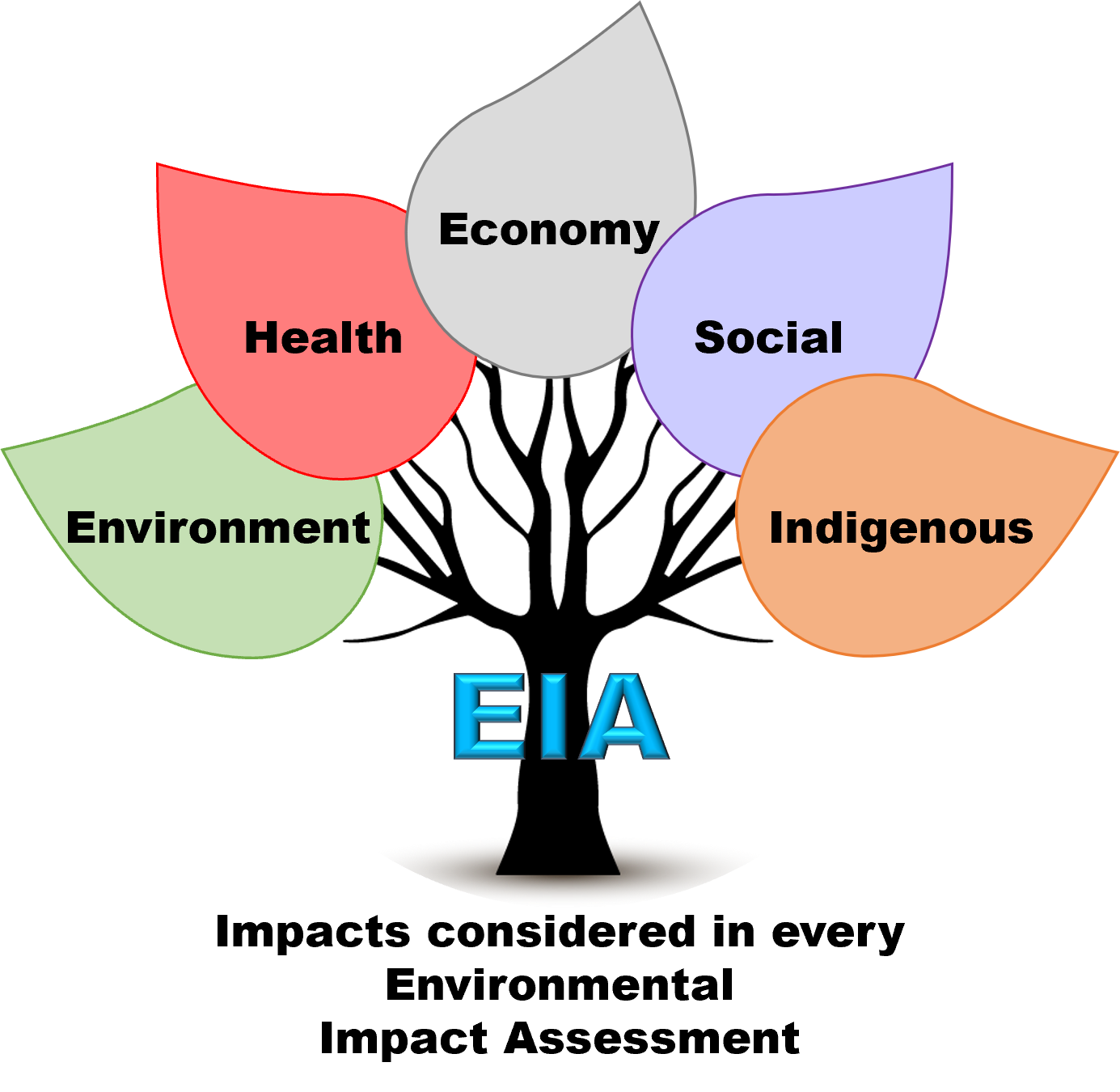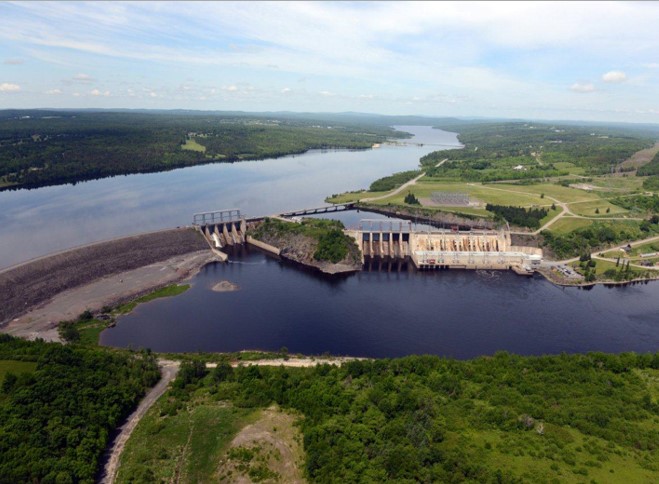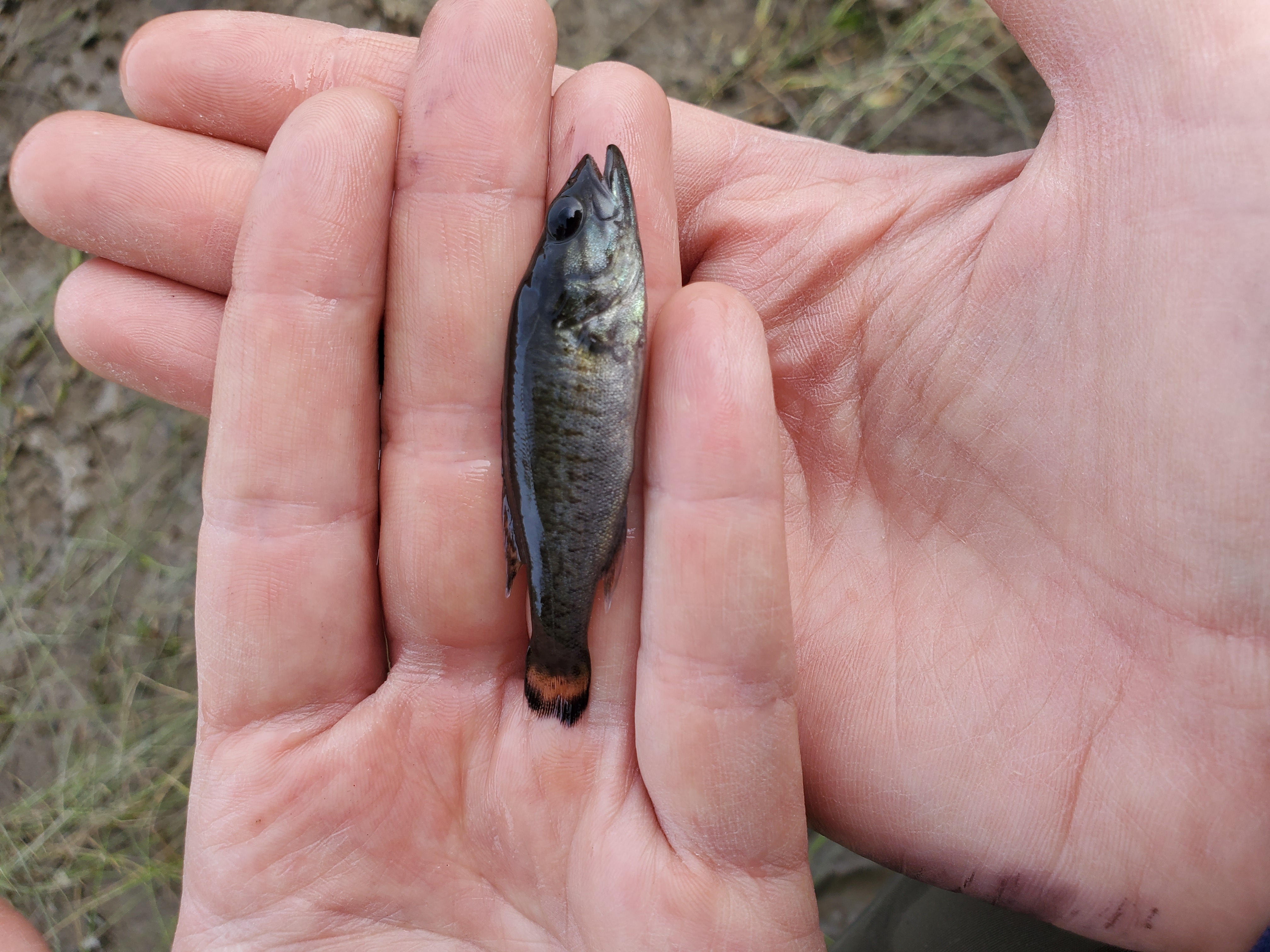We use cookies on this site to enhance your experience.
By selecting “Accept” and continuing to use this website, you consent to the use of cookies.
Search for academic programs, residence, tours and events and more.
Imagine a large industrial development such as a power plant, mine, or sawmill being built close to you, what potential impacts would matter most to you?
These concerns inspired the first environmental policies in the late 1960s in industrialized nations.
Today, many federal and provincial/state governments mandate an assessment to help determine the potential impacts of a project to inform decision-makers before the project begins. The potential positive and negative impacts of a project are presented to the government to give them information to decide if a project should be approved and if they should include any required conditions to reduce the impacts of the project. Once the project is built/running, follow-up monitoring ensures impacts are within the acceptable range. If they are not, then further conditions are introduced to reduce them. The name of this assessment varies depending on the district, but I will use the term Environmental Impact Assessment (EIA) in this article.

The main categories of impacts considered in Environmental Impact Assessment, although there may be overlap between many aspects.
The EIA process has many criticisms, and my research is focused on the concern that the follow-up post-construction monitoring is not as effective as it could be. This is due to insufficient pre-construction information. If the state of the environment before the project is not well known, then it is impossible to know the impacts of a particular project on the environment.
Post-construction monitoring should effectively evaluate the project's impacts and then a plan to reduce/eliminate the consequences can be introduced if needed. What to measure during monitoring should carefully consider the endpoints (e.g., ecosystem compartment, species, organ):
Often there isn’t enough pre-construction information, or the right kind of information, to compare with the post-construction monitoring to tell if/how much the development has impacted the environment. In addition, inappropriate monitoring endpoints are often measured pre-construction. Therefore, consideration of what will be effective in a post-construction monitoring plan needs to be considered, developed, and measured pre-construction.
To ensure we are not causing harm. We need to effectively monitor living things in specific environments.
EIAs look at the impacts of a project on the land, air, and water and various aspects of human life. The health and presence of fish is often used in the aquatic assessment portion of EIAs. Fish are good indicators of aquatic health for two main reasons: 1) the health of top predators reflects the conditions of living organisms lower in the food chain, as the abundance/quality at any level in the food chain will affect those at a higher level; and 2) they also reflect the physical and chemical conditions of their habitat since fish are exposed continuously to any human or natural influences on the aquatic environment. There are also cultural and/or socioeconomic reasons, such as commercial or recreational fishing or Indigenous significance, to focus on certain fish species in an EIA.
There are multiple post-construction monitoring programs required by law that include fish as a measure of ecosystem health. A prominent one in Canada is the Environmental Effects Monitoring (EEM) program, part of federal regulations governing fisheries in Canada. These programs generally require a population-level assessment that measures aspects of one or two fish species for growth, reproduction, and condition. Most EIAs do not measure these same endpoints pre-construction, although it is known that this approach:
My project demonstrates how to successfully complete these fish population approaches during pre-construction and how to use them in an adaptive monitoring program.
The case study I am using to demonstrate this is the Mactaquac Generation Station (MGS), upstream of Fredericton, New Brunswick on the Wolastoq | Saint John River. The MGS is reaching the end of its operational life ahead of schedule due to a concrete swelling problem known as an alkali-aggregate reaction. The Canadian Rivers Institute is working with New Brunswick Power Corporation (NB Power) to explore aquatic science needs related to dam renewal and completion of a successful EIA.

The Mactaquac Generating Station on the Saint John River, New Brunswick (courtesy of NB Power). It is 19 km upstream of Fredericton, NB, and was built in 1968. The 55 m high embankment dam has a 670 MW capacity, which is ~19% of NB’s energy-generating capacity.
The Mactaquac Aquatic Ecosystem Study (MAES), is a phased, long-term whole river ecosystem study funded by an NSERC Collaborative Research and Development Grant with NB Power. My project is part of Phase II and there are plans for additional phases of MAES during construction and post-construction of the dam renewal.
My research has provided recommendations to integrate the main steps of environmental assessment into an adaptive monitoring plan, using the needs of fish as guidance. Using adult and less than 1-year-old fish, I will document and demonstrate how to use pre-construction growth, reproduction, and condition of fish at the population level to build early warning signs to indicate whether there is an impact. This can provide a warning sign to shift the monitoring program’s focus as needed and provide meaningful information for management decision-makers.

Young-of-the-Year (less than 1-year-old) Smallmouth Bass caught in August 2021 on the Saint John River, New Brunswick. In New Brunswick, Smallmouth Bass eggs are lain in June with males guarding the nests for 15-60 days. After hatching in June-July, the YOYs grow rapidly, eating invertebrates and other fish (eggs, fry, juveniles) over the summer, with total lengths ranging between 5 to 12 cm by winter.
My research project addresses some of the scientific criticism of EIAs and demonstrates best practices in implementing and evaluating EIAs. Consideration of post-development monitoring early in the EIA process can improve adaptive management decisions and provide better protection of the environment. It is important to not only do good EIAs before a project begins but also to effectively monitor impacts on the environment and human health over time.
Carolyn Brown is an environmental scientist who is pursuing a Ph.D. in Biological and Chemical Sciences at Wilfrid Laurier University. A specialist in human impacts on aquatic environments, Carolyn has over 10 years of experience in the environmental sector evaluating environmental risks, industrial discharges, and environmental regulation across Canada.
Carolyn is a Natural Sciences and Engineering Research Council Canadian Graduate Scholar Doctoral award recipient. She holds a BSc in Environmental Toxicology from the University of Guelph and an MSc in Biology, Ecology, and Environmental Biology from the University of Waterloo.